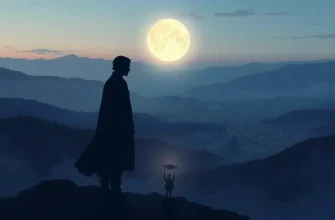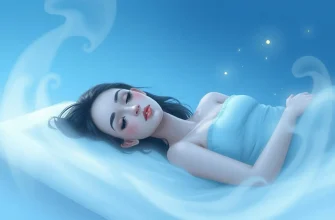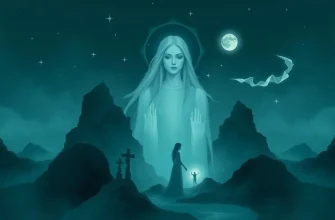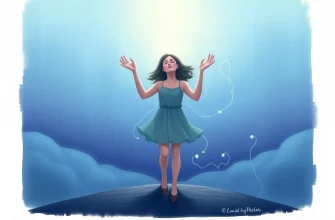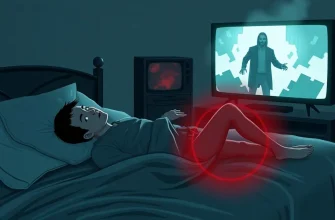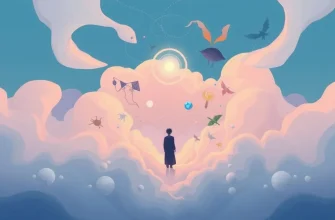Dive into the enigmatic realm where dreams intertwine, creating a shared experience that blurs the lines between reality and fantasy. This curated list of 10 mystical films explores the concept of collective dreams, where characters navigate through surreal landscapes, face their deepest fears, and sometimes, find a way to communicate beyond the confines of their own minds. These films not only entertain but also provoke thought on the nature of consciousness, connection, and the power of the subconscious mind.
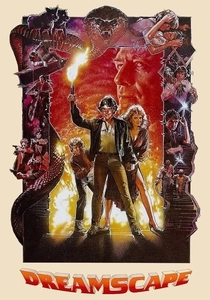
Dreamscape (1984)
Description: A psychic enters people's dreams to help with therapy but discovers a plot to assassinate the President through his dreams, highlighting the shared dream concept.
Fact: The film was one of the first to explore the idea of dream manipulation for political gain. Dennis Quaid's character was inspired by real-life psychic Ingo Swann.
 Watch Now
Watch Now 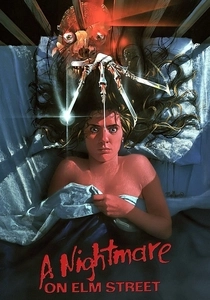
A Nightmare on Elm Street (1984)
Description: While not explicitly about collective dreams, this horror classic features a dream demon, Freddy Krueger, who can enter and manipulate the dreams of teenagers, creating a shared nightmare experience.
Fact: Wes Craven was inspired by a series of articles about men dying in their sleep due to nightmares. The character of Freddy Krueger was partly inspired by a childhood bully of Craven's.
 Watch Now
Watch Now 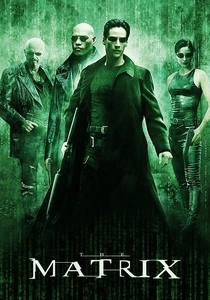
The Matrix (1999)
Description: Although primarily about virtual reality, the Matrix can be seen as a collective dream where humans are unknowingly living in a shared, simulated reality.
Fact: The Wachowskis were influenced by various philosophical and religious texts, including Plato's Allegory of the Cave. The film's visual effects were groundbreaking at the time.
 Watch Now
Watch Now 
The Thirteenth Floor (1999)
Description: While not strictly about dreams, this film deals with virtual reality simulations that mimic dreams, where characters can enter and share these simulated worlds.
Fact: The film is loosely based on the novel "Simulacron-3" by Daniel F. Galouye. It explores themes of reality, identity, and the nature of consciousness.
 Watch Now
Watch Now 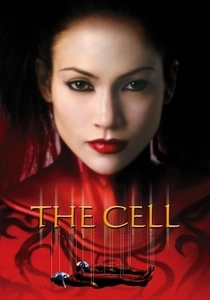
The Cell (2000)
Description: A psychologist enters the mind of a comatose serial killer to save his latest victim, experiencing his twisted dreams and memories, showcasing a form of collective subconscious exploration.
Fact: The film's visual style was heavily influenced by surrealist art, particularly the works of Salvador Dalí. Jennifer Lopez underwent extensive training to prepare for her role, including learning about psychology and hypnosis.
 Watch Now
Watch Now 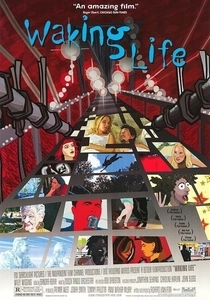
Waking Life (2001)
Description: Richard Linklater's experimental film uses rotoscoping to explore philosophical discussions within a dream-like state, where the protagonist navigates through various dream scenarios, questioning the nature of reality and consciousness.
Fact: The film was shot on digital video and then animated using rotoscoping, giving it a unique visual style. Many of the conversations in the film are based on real philosophical discussions.
 Watch Now
Watch Now 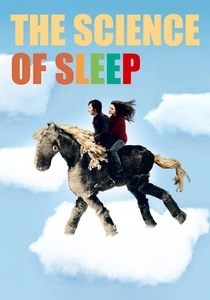
The Science of Sleep (2006)
Description: Michel Gondry's film blurs the line between dreams and reality, with the protagonist's dreams influencing his waking life, creating a shared dream-like experience with his love interest.
Fact: The film was shot in Paris, using real locations to blend dream sequences with reality. Many of the dream sequences were created using practical effects and stop-motion animation.
 Watch Now
Watch Now 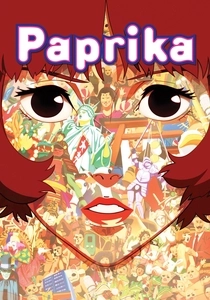
Paprika (2006)
Description: A device that allows therapists to enter patients' dreams is stolen, leading to a chaotic blend of reality and dream worlds, where characters share dream experiences.
Fact: The film was directed by Satoshi Kon, known for his exploration of dreams and reality. It was one of his final works before his untimely death.
 Watch Now
Watch Now 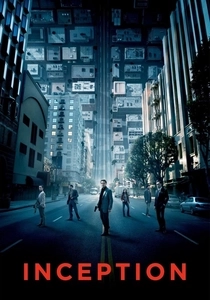
Inception (2010)
Description: Christopher Nolan's masterpiece where a professional thief uses experimental technology to infiltrate the subconscious of his targets, exploring the concept of shared dreaming to plant an idea into someone's mind.
Fact: The film's dream levels were inspired by the concept of dream layers in the book "The Art of Dreaming" by Carlos Castaneda. The spinning top used by Cobb was not originally in the script but was added by Nolan to symbolize the ambiguity of reality.
 Watch Now
Watch Now 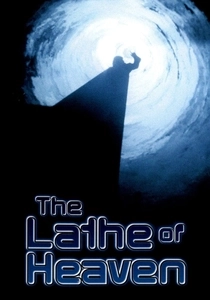
The Lathe of Heaven (1980)
Description: Based on Ursula K. Le Guin's novel, this film explores a man whose dreams can alter reality, leading to shared dream experiences with his therapist.
Fact: The film was made for television and was one of the first adaptations of Le Guin's work. It delves into themes of control, reality, and the consequences of changing the world through dreams.
 30 Days Free
30 Days Free 

